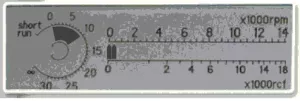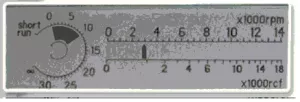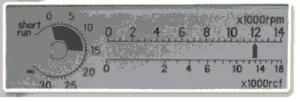The Department of Dermatology places a big emphasis on redefining what's possible in personalized care for the body's biggest organ — the skin. And just as our skin changes, so do we. Our passion for dermatology leads with layers of comfort, expertise and the curiosity to explore what's next. Between our established experts and up-and-coming dermatologists, we practice a vast scope of specialty services, including:
Patient Stories
Walter Suita’s Patient Journey at Tufts Medical Center
April 7, 2020
Walter Suita’s most recent 5K race wasn’t his fastest, but it was one of his biggest victories. Just months earlier, a crushing 13-foot fall had shattered his hip.
Patient Stories
Bob's Story
January 1, 2019
Tufts Medical Center's Weight and Wellness patient describes his journey to stop his diabetes and lose weight.
Patient Stories
Deb Leone's Story
February 1, 2019
Deb was in love with sugar. She decided to cleanse her body of sugar with the help of the Weight and Wellness Center at Tufts Medical Center. Read her story.
Patient Stories
Jabarah Harley's Story
March 1, 2019
Jabarah Harley always struggled with weight management but when the number on the scale changed, she sought out the help of the Tufts Medical Center Weight and Wellness Center team.
Patient Stories
Julia Westover's Story
April 2, 2019
Julia's time as an athlete taught her to never give up and that she didn't like to lose. Julia put those feelings to action when she came to the Weight and Wellness Center at Tufts Medical Center for weight loss surgery.
Articles
Positive Childhood Experiences May Factor in Adult Mental Health
October 1, 2019
Groundbreaking research by Dr. Robert Sege at Tufts Medical Center, indicates that positive childhood experiences may not only decrease the risk of depression or other mental health issues later in life, but may also counteract any detrimental mental health effects of negative or traumatic childhood experiences.


